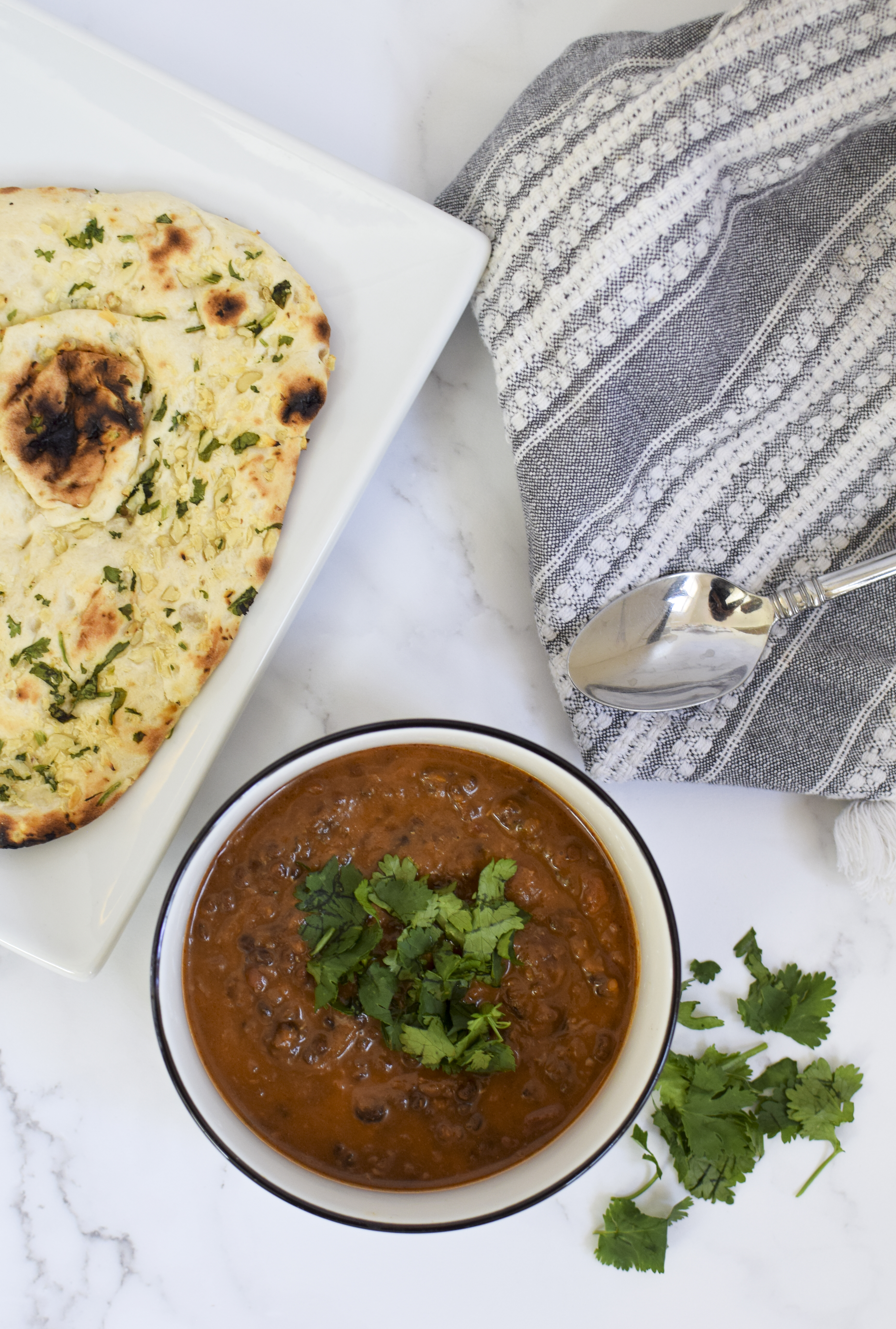Discover the anticipation that fills millions of Indians worldwide as the fall season heralds the arrival of Diwali, the most significant festival in Indian culture. Also known as the Festival of Lights, Diwali marks the Indian new year and falls between October and November, aligning with the Hindu Lunar Calendar. Spanning over five days, families unite on the third day, the pinnacle of festivities.
Diwali, or Deepavali, is celebrated annually on varying dates based on the lunar calendar. This globally cherished festival not only unites families in India but also resonates with substantial Hindu populations in various countries.
Jump to recipes:
Dal Makhani | Gajar Halwa
The name Diwali originates from the Sanskrit word dipavali, meaning row of lights. Every Autumn, those celebrating will light candles and clay lamps called diyas, placing them all around their homes and in the streets to light up the dark night.
Lighting these candles and diyas is a way to honor new beginnings, light over darkness, and good over evil. This is especially relevant after the last few years.
Every region in India has its own customs and traditions to observe Diwali, but some common traditions include gathering with family and friends, sharing an abundance of food and sweets in an extravagant feast, lighting fireworks, and buying new clothes and gifts for loved ones.
Serving others is also an important part of the holiday, and families often make charitable contributions or help those in need.
Homes are also cleaned and decorated, not only with candles and diyas, but also with rangolis, beautiful designs made of colored rice and flowers on the floor of the home.
There are typically large gatherings and street festivals all over India. If you can't make it to a local celebration, with a little creativity, you can create your own celebration at home!
Since sharing food and sweets are such an integral aspect of Diwali and my favorite part of the holiday, here are two recipes for dishes I grew up eating that I’d like to share.
The first dish is a classic black Dal Makhani that originates in Northern India. It is a rich flavorful curry made of black lentils and often found on menus at Indian restaurants across the world.
The second dish is one of my favorite desserts called Gajar Halwa. Gajar means carrots, and this dish is a sweet carrot pudding that reminds me of eating an Indian version of carrot cake. It is best served warm with some vanilla ice cream.
Enjoy!
Dal Makhani
 Sarina Shah Grady Sarina Shah Grady |
Black Dal Makhani originates in Northern India. It is a rich flavorful curry made of black lentils and found on menus at Indian restaurants across the world.
Black Dal Makhani ingredients:
- 2 tbsp ghee
- 1 onion, finely chopped
- 1/2 tsp cumin seeds
- 3 garlic cloves, minced
- 1-inch piece of ginger, finely chopped
- ½ tsp ground turmeric
- 1 tsp ground coriander
- 1 tsp ground cumin
- 1/2 tsp garam masala
- 1 tsp red chili powder
- 1 cup pureed tomatoes, fresh or from a can
- 1.5 tsp salt, add more to taste
- 1 cup dried black urad dal - can purchase at the Indian market
- ¼ cup dried kidney beans
- 3 cups water
- cilantro
- 2 tbsp butter for the end
Directions:
- Rinse black urad dal and kidney beans well, and then soak them overnight or for 7-8 hours in water. Pressure cook in instant pot or pressure cooker until dal and beans have softened, about 30 minutes.
- Drain excess water.
- Heat the ghee over medium heat in a large saucepan.
- Once hot, add onion and cumin seeds and cook, stirring occasionally until onion is soft.
- Add garlic and ginger, cook for 1 minute, then add spices and pureed tomato and cook a few more minutes.
- Add water, salt, dal, and kidney beans.
- Bring to simmer, then reduce to low, cover, and cook for a couple of hours, stirring occasionally so it doesn’t stick.
- Adjust salt and pepper to taste. Can add more water if it becomes too thick.
- Once done cooking, stir in butter, garnish with cilantro, and serve with rice/naan.
Gajar Halwa
 Sarina Shah Grady Sarina Shah Grady |
Gajar means carrots, and this dish is a sweet carrot pudding that reminds me of eating an Indian version of carrot cake. It is best served warm with some vanilla ice cream.
Gajar Halwa Ingredients:
- 8 medium to large carrots - about 400 grams
- 1 cup milk of choice
- 1/3 cup white sugar
- ½ tsp ground cardamom
- 2 tbsp ghee
- ¼ cup slivered almonds, roasted
Directions:
- Wash and peel carrots. Hand grate them for best results. Add carrots to a heavy bottom pan such as a dutch oven, and dry roast on low heat for about 15 minutes, until they change into a deep orange color.
- Add milk and cook on medium heat, stirring often so the carrots don’t stick to the bottom of the pan. Cook until milk evaporates.
- Add sugar and mix well.
- Keep cooking and continuously stirring until the mixture becomes thick and caramelizes, should take about 10-15 minutes.
- Add cardamom, ghee, and about ¾ of the roasted slivered almonds. Stir well.
- Serve warm or chilled with vanilla ice cream. Garnish with the remaining slivered almonds.
Learn more about Diwali:
- 7 Kids' Books Celebrating Diwali - Build Your Family's Bookshelf
- Learning About Diwali: A Festival of Lights and Unity
Diwali Events
Don't forget to visit the Macaroni KID Conejo Valley - Malibu - Calabasas calendar for local Diwali events and activities in Agoura Hills, Oak Park, Malibu, Calabasas, Westlake Village, Thousand Oaks, Newbury Park and nearby in Ventura and Los Angeles Counties.
Happy Diwali from my family!
 |
Sarina Shah Grady and her family live in Santa Monica, Calif. This story originally appeared in Macaroni KID Santa Monica.
This previously shared article has been updated by Macaroni KID Conejo Valley - Malibu - Calabasas









